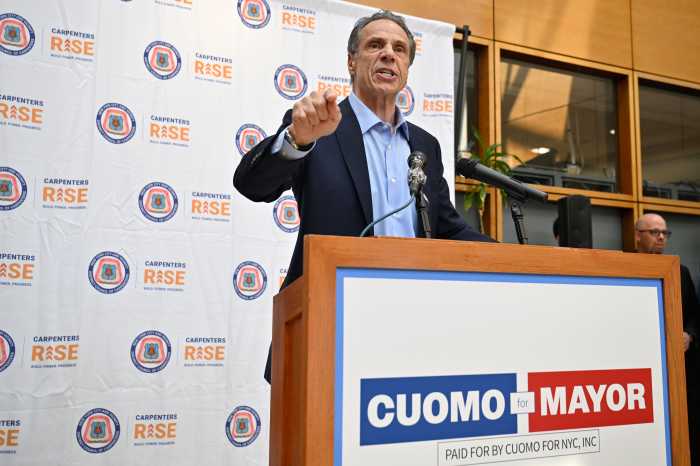
Even the smallest of fixes can make a large difference, especially for those in need of assistance.
For New Yorkers with disabilities, that seemingly simple change would allow Access-A-Ride vehicles to use NYC bus lanes.
Access-A-Ride, an MTA service that provides, on average, 23,000 trips per weekday, relies mostly on vans and cars to transport city residents who are disabled or need assistance when traveling. About 147,000 residents are registered to use the service, which operates 24 hours a day, seven days a week. Many of them can’t use the subways or city buses because stations and stops aren’t fully accessible. But unlike the MTA’s buses, which can use marked lanes that, at least in theory, allow for a faster ride, Access-A-Ride vehicles are often stuck in regular traffic. That creates an unnecessary dichotomy between two forms of public transit that cost riders the same fare, but don’t provide the same level of service.
Unlike installing elevators in subway stations, this is a change that’s easy and inexpensive: All it would require is the New York City Department of Transportation issuing rules to clarify that Access-A-Ride vehicles are allowed in the city bus lanes. No legislation is needed, but making the change a reality would necessitate coordination among MTA, NYC and NYPD officials, and proper enforcement so Access-a-Ride vehicles aren’t improperly ticketed.
But NYC officials haven’t committed to getting it done. Advocates say they broached the topic with city transportation officials last fall, but have gotten little feedback.
The MTA and its NYC Transit arm are on board. NYC Transit chief Andy Byford included the reform in his Fast Forward plan to overhaul the transit system. But Byford needs the city’s support, and the necessary rule change.
There will be details to work out and questions to answer, such as which Access-A-Ride vehicles would qualify and how to mitigate any extra traffic caused by the additional bus-lane use. Those questions can be addressed, but first, the city has to get on board. City officials can make this happen easily and quickly. It’s one simple way to give disabled city residents a smoother ride.






























